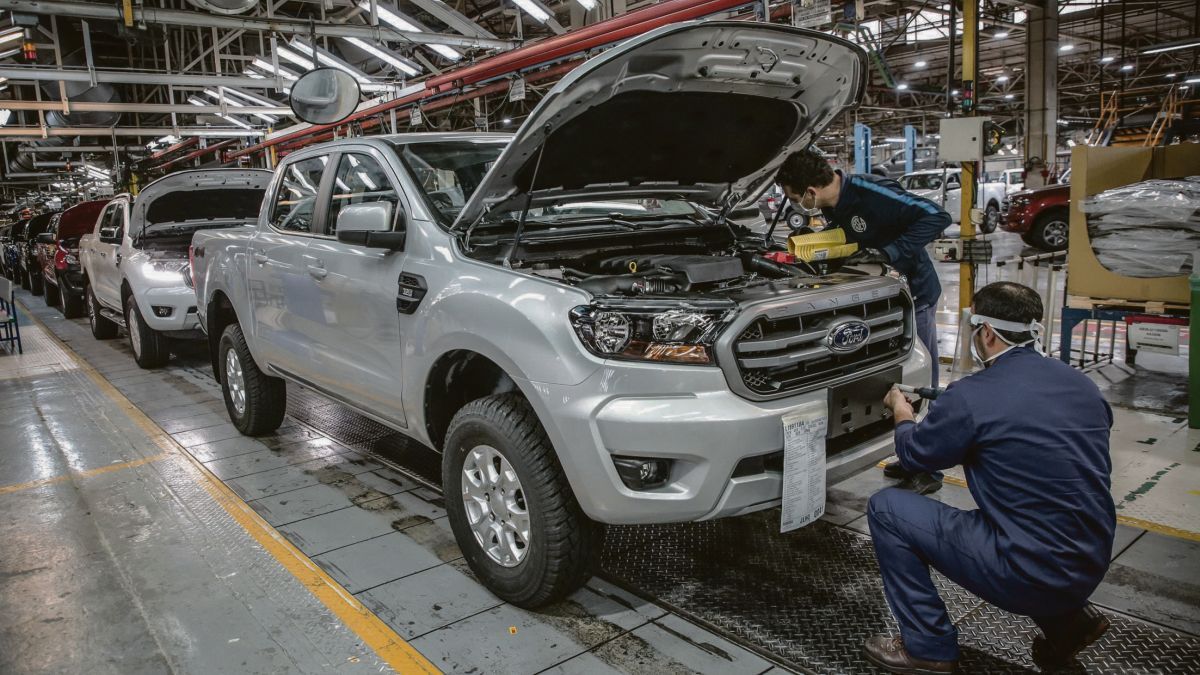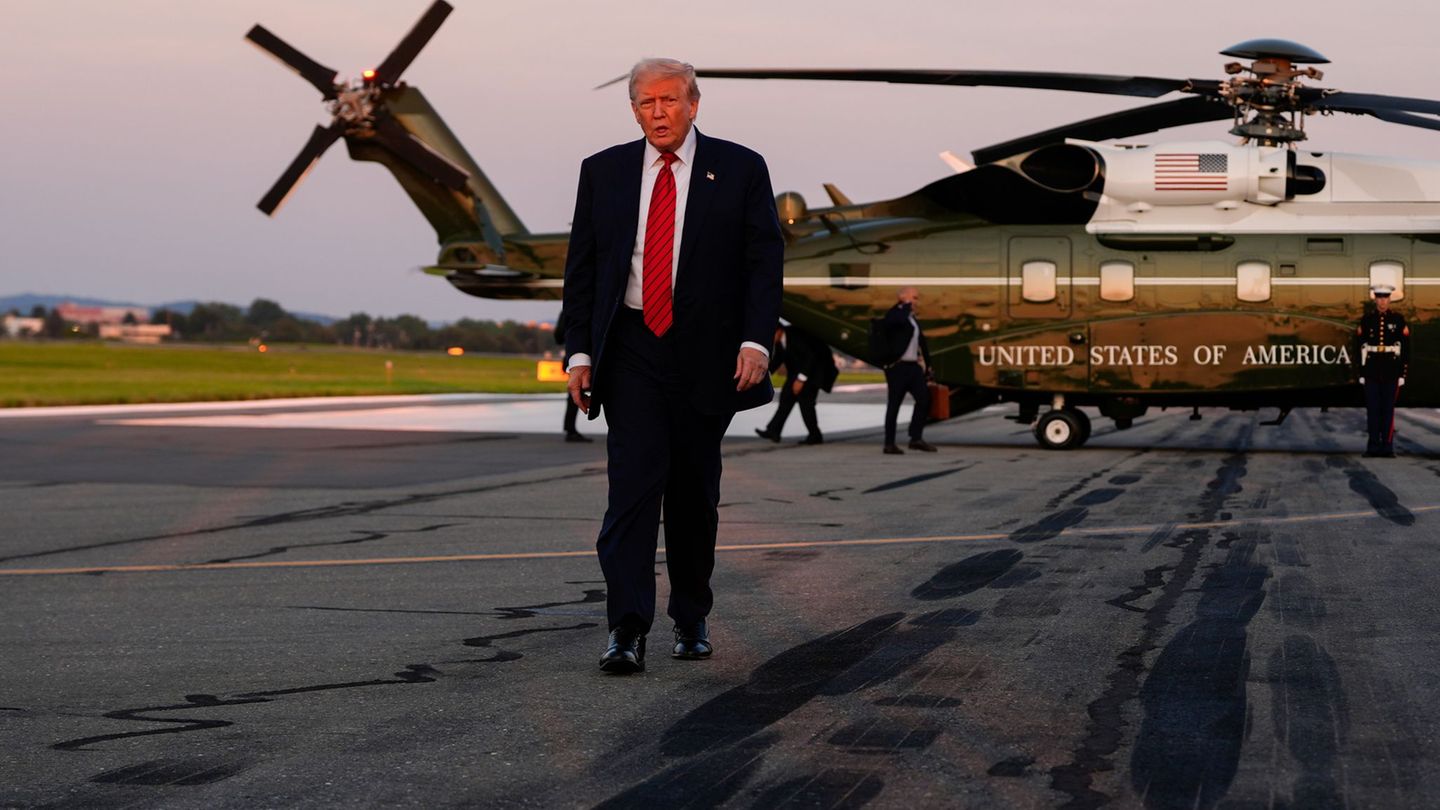The increase in imports “correlated with the rise in the production of vehicles, which increased by 64.9%, reaching 451,111 units manufactured in this period,” the entity highlighted in its report.
In that sense, More than 70% of imports of auto parts were made by automotive terminals and their direct suppliers.
“We have the great challenge of achieving a substantial improvement in systemic competitiveness that generates a strong flow of investments towards new technologies and greater local integration of parts,” stated the president of AFAC, Raúl Amil.
The director advocated “a comprehensive vision” that addresses “several issues”, with which he is already working with the authorities and other members of the automotive value chain.
Among these aspects, Amil pointed out “the effective protection within the value chain”, in relation to raw materials, matrices, molds and other capital goods, the “distortive taxes that impact exclusively on local production”, in particular Gross Income , the “improvement of infrastructure and logistics processes”, as well as the “adaptation of labor agreements according to new technologies” and, finally, “more realistic commercial relations between terminals and suppliers that build trust”.
The The annual average of imports of auto parts in the last 11 years has been US$ 8,357 million, fluctuating according to the level of vehicle production.
This situation, they indicated in AFAC, “denotes strong structural causes that make it difficult to modify this relationship in the short term.”
“These causes have persisted throughout different administrations, in various economic policies and in different macroeconomic contexts,” they pointed out, while calling for “a comprehensive approach with a short, medium and long-term vision.”
The Argentina’s main trading partners in the sector were Brazil, with a trade deficit of US$1,505 million (imports of US$2,382 million and exports of US$876 million) and the European Union Block, with a negative balance of US$1,666 million (US$1,798 million of imports and US$132 million of exports).
Next came Thailand, with a US$1,059 million deficit balance (imports of US$1,067 million and exports of US$7 million) and China, accumulating a deficit of US$812 million (US$813 million of imports and US$1.5 million from exports).
The main items traded were Transmissions, with a deficit of US$1,373 million (US$1,843 million in imports and US$471 million in exports) and Motor Components, with a negative balance of US$1,148 million ( US$1,378 million of imports and US$231 million of exports).
Source: Ambito
David William is a talented author who has made a name for himself in the world of writing. He is a professional author who writes on a wide range of topics, from general interest to opinion news. David is currently working as a writer at 24 hours worlds where he brings his unique perspective and in-depth research to his articles, making them both informative and engaging.




